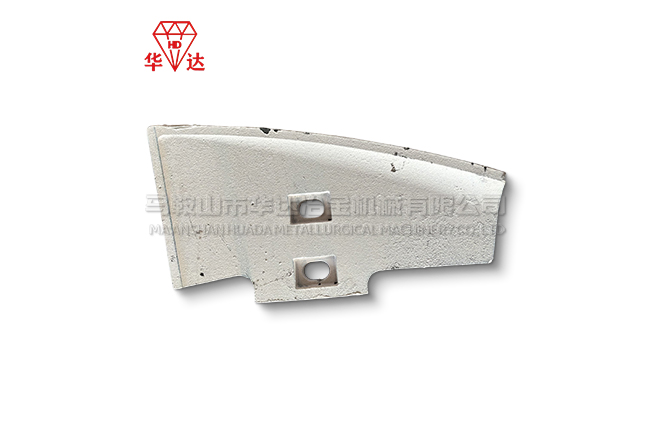Scraper Blades in Mixers: Ensuring Efficiency, Durability, and Consistent Mixing Results
In the field of concrete production, construction materials, food processing, and chemical industries, scraper blades in mixers play a vital yet often overlooked role. These components, strategically placed inside the mixing chamber, are essential for removing residual materials, preventing build-up on the mixing walls, and maintaining smooth, efficient mixing cycles.

Unlike the mixing arms or paddles that primarily handle agitation, scraper blades function as cleaning and support elements. Their main task is to continuously scrape material from the inner drum or pan surface, ensuring that no raw materials adhere to the walls. This action not only keeps the chamber clean but also guarantees uniform mixing by pushing all ingredients back into the active mixing zone.
Modern mixer scraper blades are engineered from wear-resistant materials such as high-chromium alloy, manganese steel, polyurethane, or composite ceramics. These advanced materials give the blades superior hardness, resistance to abrasion, and durability, even under the high-pressure, high-friction environment of continuous mixing operations. For example, in concrete batching plants, scraper blades are constantly exposed to abrasive aggregates, cement, and water. Without wear-resistant properties, blades would deteriorate rapidly, leading to poor mixing efficiency and frequent downtime.
In addition to material selection, the design of scraper blades has seen significant improvements. Many models now feature adjustable mounting systems that allow operators to fine-tune blade position for maximum surface contact. This ensures optimal cleaning and prevents excessive wear on both the blade and the mixer drum. Furthermore, some advanced scraper blades use replaceable edge inserts, allowing operators to swap out only the worn section instead of replacing the entire blade. This modular design significantly reduces maintenance costs and improves operational uptime.
The benefits of using durable scraper blades in mixers extend far beyond longevity. By keeping the mixing drum surface clean, they improve the homogeneity of the final mixture, reduce cycle times, and prevent batch contamination. This is particularly critical in industries where consistency and quality control are paramount—such as ready-mix concrete production, asphalt mixing, and even food-grade mixers.
From a cost perspective, investing in high-performance scraper blades provides long-term economic advantages. While standard blades may have a lower upfront cost, their frequent replacement, production interruptions, and reduced mixing efficiency lead to higher total operating expenses. Wear-resistant scraper blades, on the other hand, deliver a longer service life—sometimes lasting several times longer than traditional options—making them a cost-effective solution for plants looking to maximize productivity.
As sustainability becomes an increasing focus in industrial operations, scraper blades also contribute to energy efficiency and reduced waste. By maintaining clean mixing surfaces and ensuring even mixing, they minimize wasted materials and reduce energy consumption during operation.
Today, scraper blades for mixers are widely used across different equipment brands and industries, and their design continues to evolve with advancements in metallurgy and manufacturing technologies. With the growing demand for reliable, efficient, and sustainable production processes, the importance of high-quality scraper blades in mixers is expected to rise even further in the global market.
